USST_Arts_117060169振动应力场中石墨结构的演化及电化学、堆垛无序度的研究
摘要石墨是具有规则层状结构的六方晶体,层内是碳碳间由sp2杂化轨道形成的牢固的共价键,而层间是离域的键。由于石墨纳米颗粒和纳米片其具有的良好的导电导热性、低的热膨胀系数的特性近来引起了人们越来越多的关注,并在燃料电池的电极、催化剂的载体、能量贮存、气体传感器、自组装膜和复合材料的制备等领域有着广泛的应用。石墨纳米材料的制备方法主要有:机械研磨法、爆轰裂解法、超声波粉碎法、电化学插层法。其中机械研磨法由于产量大、工艺简单易行等优点,一直是超微颗粒制备的主要方法,但其能源消耗大、花费时间长、效率低下等缺点也迫使人们寻找一种新的设备或是工艺方法。本文首次利用国家发明专利滚压振动磨,在干法室温条件下...
相关推荐
-
我国基层财政困难的制度成因分析与对策研究VIP免费
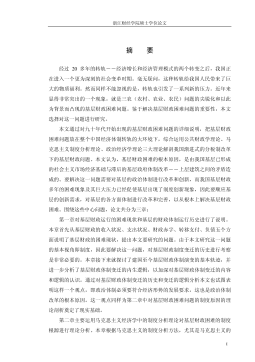
 2024-09-20 25
2024-09-20 25 -
我国煤电产业链纵向交易合约机制研究VIP免费
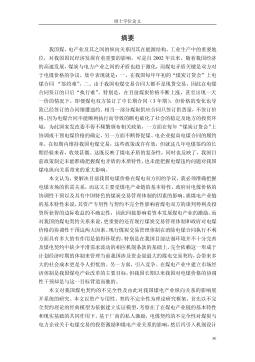
 2024-09-20 23
2024-09-20 23 -
生产要素视角下的上海市产业结构优化研究VIP免费
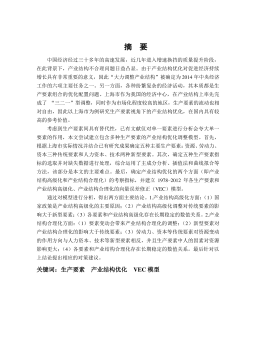
 2025-01-09 6
2025-01-09 6 -
我国银行业结构与经济结构关系研究VIP免费
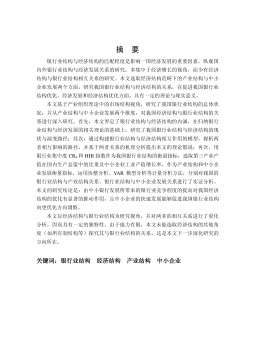
 2025-01-09 7
2025-01-09 7 -
大数据视角下农业供应链金融研究VIP免费
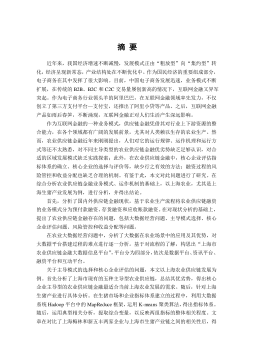
 2025-01-09 6
2025-01-09 6 -
跨国大型综合超市的规划研究VIP免费
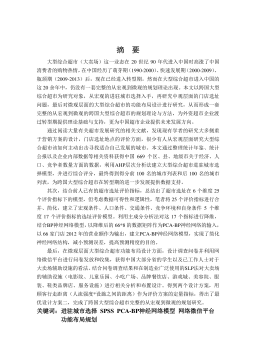
 2025-01-09 6
2025-01-09 6 -
跨境电商农产品质量安全问题研究VIP免费
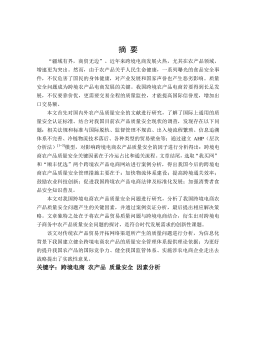
 2025-01-09 6
2025-01-09 6 -
世界市场的虚拟化与我国国际电子商务发展方向研究VIP免费
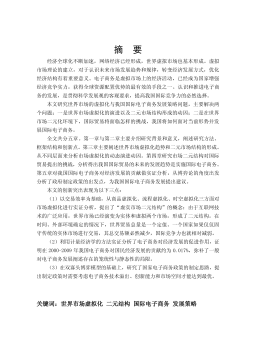
 2025-01-09 6
2025-01-09 6 -
中国政府对电力行业的价格规制问题研究VIP免费
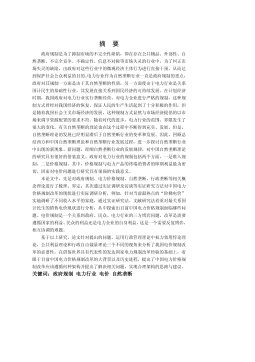
 2025-01-09 6
2025-01-09 6 -
中小企业信息化系统集成技术研究VIP免费

 2025-01-09 11
2025-01-09 11
相关内容
-

跨国大型综合超市的规划研究
分类:高等教育资料
时间:2025-01-09
标签:无
格式:PDF
价格:15 积分
-

跨境电商农产品质量安全问题研究
分类:高等教育资料
时间:2025-01-09
标签:无
格式:PDF
价格:15 积分
-

世界市场的虚拟化与我国国际电子商务发展方向研究
分类:高等教育资料
时间:2025-01-09
标签:无
格式:PDF
价格:15 积分
-

中国政府对电力行业的价格规制问题研究
分类:高等教育资料
时间:2025-01-09
标签:无
格式:PDF
价格:15 积分
-

中小企业信息化系统集成技术研究
分类:高等教育资料
时间:2025-01-09
标签:无
格式:PDF
价格:15 积分






